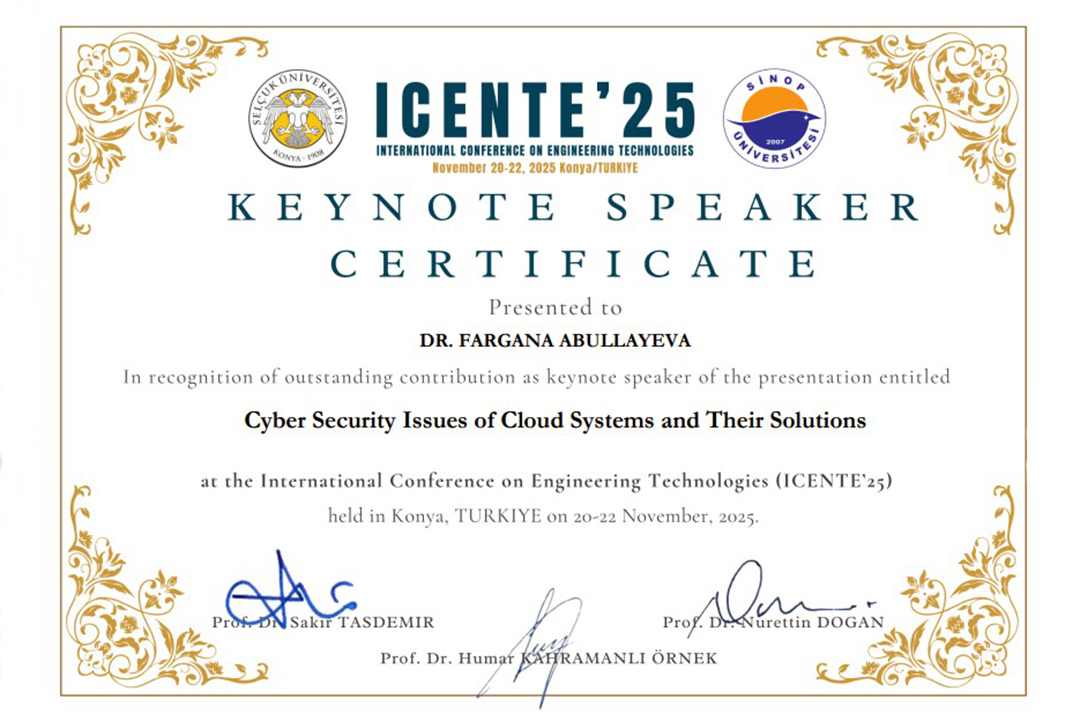NEWS
Breakthrough technology of osmotic energy can become the main source of renewable energy

Researchers have developed a new method of generating electricity, called osmotic energy, using fresh and salt water - this opens up the possibility of obtaining an unprecedentedly large amount of clean energy.
The concept of osmotic energy is simple; it is based on the interaction of fresh water with saline, which come into contact with each other through a hyperfine membrane. In this case, salt ions in the salt water will move through the membrane until the salt concentration in both liquids entering the osmosis condition becomes equal.
Iones of salt containing electric charge can be assembled together to get useful electricity and transfer it to the power grid. Developed by researchers at the Federal Polytechnic School in Lausanne (EPFL), this osmotic power generation system is reportedly capable of producing an unprecedentedly large amount of energy, thanks to a specialized membrane whose thickness is only three atoms.
A group of EPFL researchers published their results in the journal Nature, which showed that the huge energy production is the result of using a new material in the membrane - known as molybdenum disulphide.
This nanoporous material allows positively charged ions to pass through the membrane unhindered, while at the same time repelling the negatively charged particles. In the opinion of the researchers, the 2D material for the production of osmotic electricity was first used.
In order to get an idea of how much osmotic energy can be obtained with the help of this system, the researchers carried out calculations that showed that on the membrane area of 1 sq. Km. m., 30 percent of the surface of which is covered with nanopores, it is possible to produce 1 MW of electricity.
This, according to scientists, is enough to illuminate 50,000 energy-saving light bulbs, but more importantly, molybdenum disulphide, used in the membrane, is easy to find in nature.
The only problem now is the possibility of expanding these processes to industrial scales in order to be able to produce a huge amount of electricity, but for this it is necessary to learn how to make relatively uniform pores for membranes in such volumes.
If the osmotic energy technology becomes realizable, it will open up broad prospects for the future production of clean energy, because wind and solar energy depend very much on the weather and time of day, and osmotic energy is limited only by the availability of water.



